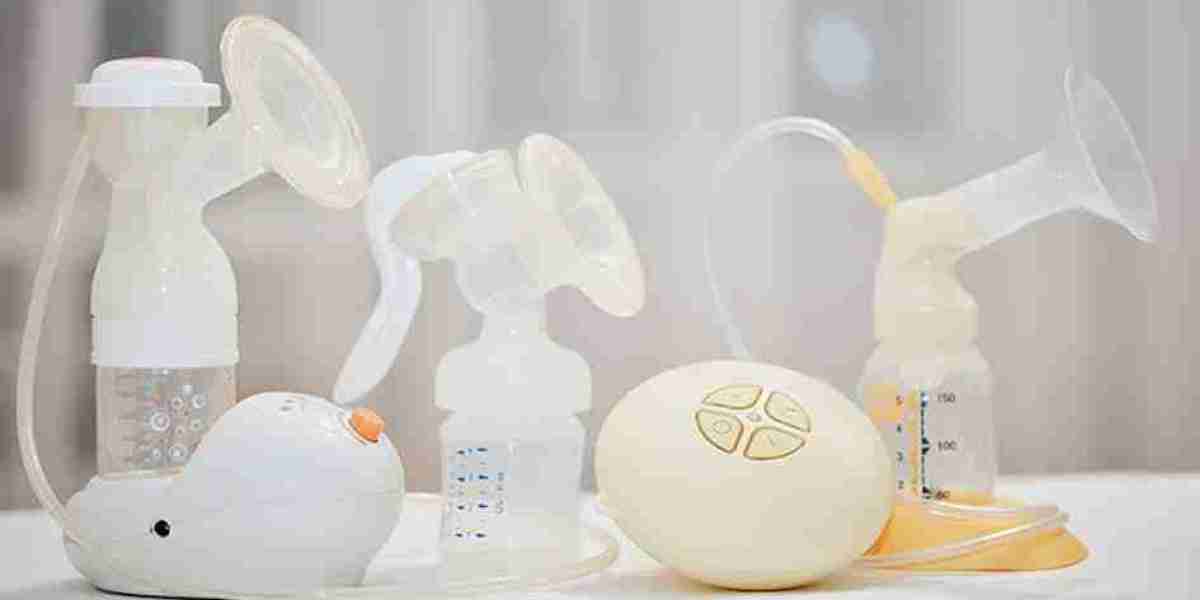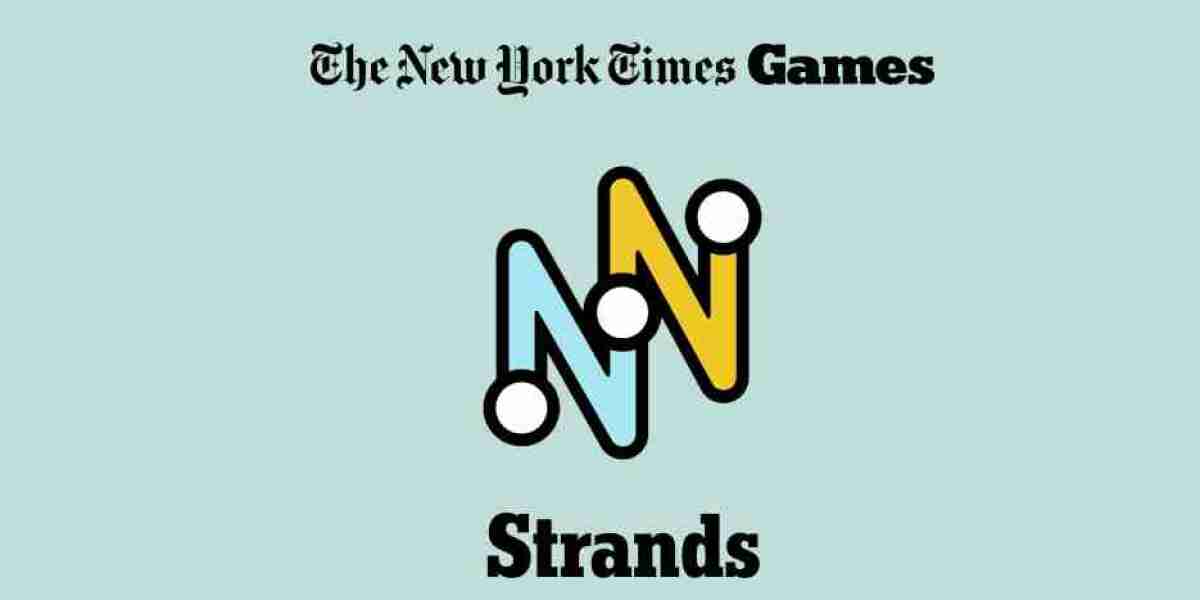As the demand for breast pumps grows worldwide, manufacturers face increasing pressure to meet various regulatory compliance and product certification requirements. With regulations differing across regions, ensuring that breast pumps comply with safety and performance standards is critical for market success. This article explores strategies that breast pump manufacturers can adopt to navigate the complex global regulatory landscape and address product certification requirements.
Understanding the Global Regulatory Landscape
The regulation of breast pumps varies across regions, and manufacturers must comply with the relevant laws and guidelines in each target market. Most countries classify breast pumps as medical devices, subjecting them to strict safety, efficacy, and manufacturing standards. These regulations are enforced by different regulatory bodies, including:
U.S. Food and Drug Administration (FDA): In the U.S., breast pumps are classified as Class II medical devices and require premarket notification (510(k)) to demonstrate substantial equivalence to a legally marketed device.
European Medicines Agency (EMA) and CE Marking: In the European Union, breast pumps must meet the Medical Devices Regulation (MDR) to obtain the CE mark, ensuring they adhere to EU safety and performance standards.
Health Canada: In Canada, breast pumps must be registered as medical devices under the Medical Device Regulations.
Australia Therapeutic Goods Administration (TGA): In Australia, breast pumps are regulated as medical devices and must be registered with the TGA.
Manufacturers must understand these regulations to ensure their products meet the necessary standards in each market.
1. Incorporating Compliance from the Design Stage
To streamline the regulatory approval process, manufacturers should incorporate compliance standards into the product design phase. Early integration of regulatory requirements helps avoid delays during later stages and minimizes costly rework.
Key Actions:
Research regional regulatory standards before designing the product to ensure it meets the specific requirements of target markets.
Consult with regulatory experts and consultants familiar with local standards to guide product development.
Build flexibility into the design to adapt to varying compliance standards in different regions.
2. Obtaining Necessary Certifications and Approvals
For global market access, obtaining the relevant certifications and approvals is essential. Manufacturers must submit their products for certification to demonstrate they meet safety and performance standards.
Key Actions:
In the U.S., manufacturers must submit a 510(k) premarket notification to the FDA for breast pump approval.
In the EU, manufacturers must ensure compliance with the MDR and obtain the CE mark.
Seek ISO 13485 certification for quality management, demonstrating adherence to global standards in medical device manufacturing.
Obtain necessary certifications like GMP (Good Manufacturing Practices) to enhance brand reputation.
By securing these certifications, manufacturers can gain the trust of consumers and regulatory bodies, facilitating smoother market entry.
3. Staying Informed About Regulatory Changes
Regulations are dynamic and can change frequently. Manufacturers must stay informed about regulatory updates and new safety standards to maintain compliance and avoid disruptions to product availability.
Key Actions:
Regularly monitor regulatory websites such as the FDA, EMA, and other national authorities for updates on regulations.
Attend industry conferences, workshops, and webinars to keep abreast of changes in regulatory requirements.
Join trade associations and industry groups to network and receive timely regulatory information.
By being proactive about regulatory changes, manufacturers can adjust their products or processes as needed and stay compliant.
4. Conducting Thorough Product Testing and Clinical Trials
Product testing is a key step in the regulatory process to ensure the safety and performance of breast pumps. Most regions require extensive testing to confirm that products meet safety standards before they can be marketed.
Key Actions:
Conduct electrical safety tests, biocompatibility assessments, and performance evaluations to demonstrate the pump’s efficacy and safety.
Perform usability tests to ensure that the product is user-friendly and effective for all consumers.
Compile and submit detailed testing data to regulatory bodies as part of the approval process.
Thorough testing ensures that breast pumps meet regulatory standards and provide a safe experience for consumers.
5. Implementing a Quality Management System (QMS)
A robust Quality Management System (QMS) is essential for maintaining regulatory compliance throughout the product lifecycle. A QMS helps ensure consistent product quality, minimize risks, and meet industry standards.
Key Actions:
Develop a QMS based on ISO 13485 or similar standards to demonstrate commitment to quality and regulatory compliance.
Conduct internal audits to ensure the QMS is working effectively and that processes are compliant with regulations.
Continuously monitor manufacturing practices and product quality to identify potential issues before they arise.
A strong QMS helps ensure consistent quality and compliance, reducing the likelihood of regulatory violations.
6. Providing Transparent Product Documentation
Clear and accurate product documentation is essential for regulatory compliance and consumer trust. Manufacturers must provide detailed technical files, user manuals, and labeling that comply with local regulations.
Key Actions:
Maintain comprehensive technical documentation, including design files, testing results, and manufacturing records, to submit to regulatory authorities.
Ensure that user manuals and labels meet local regulatory requirements, including safety warnings, usage instructions, and country-specific compliance information.
Offer clear and transparent information to consumers regarding the proper use, maintenance, and safety of breast pumps.
Accurate documentation helps manufacturers demonstrate compliance and provides valuable information to consumers, enhancing trust in the product.
Conclusion
Navigating regulatory compliance and product certification requirements is a critical aspect of succeeding in the global breast pump market. By incorporating compliance into the design process, obtaining necessary certifications, staying informed about regulatory updates, conducting thorough testing, implementing a strong QMS, and providing transparent documentation, manufacturers can address regulatory challenges effectively. These strategies not only ensure that breast pumps meet safety standards but also build consumer confidence, enabling manufacturers to expand into new markets and drive business growth globally.




